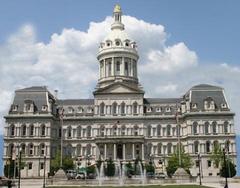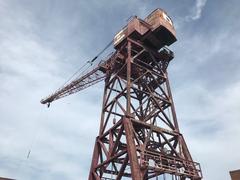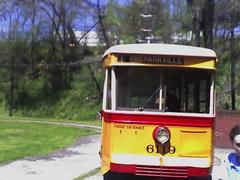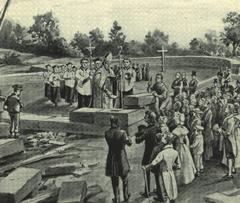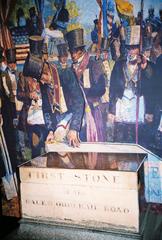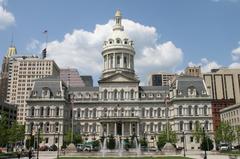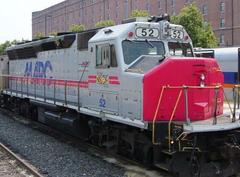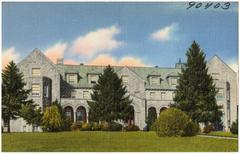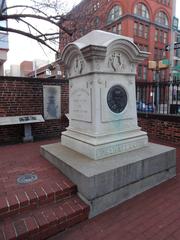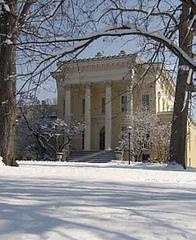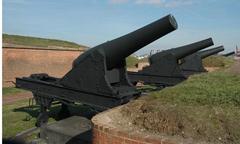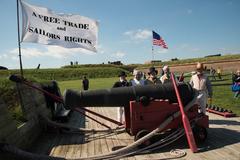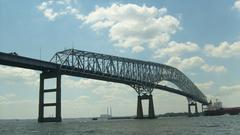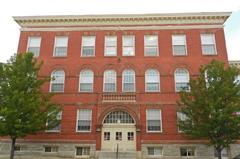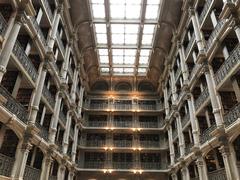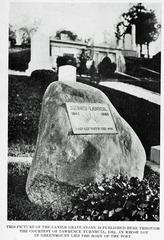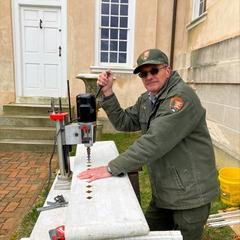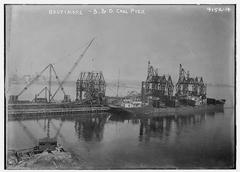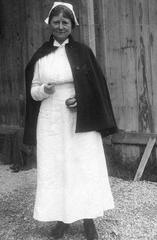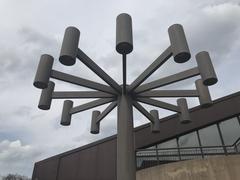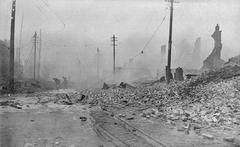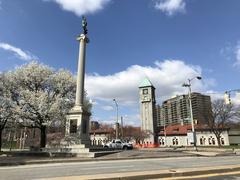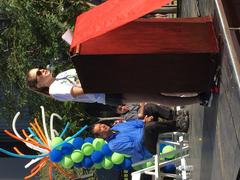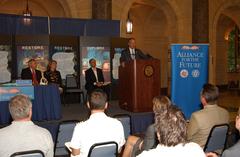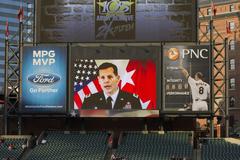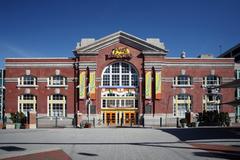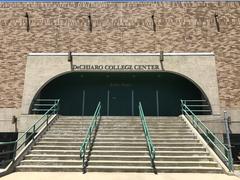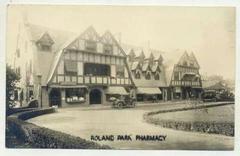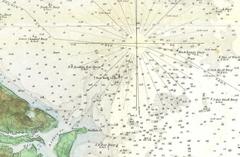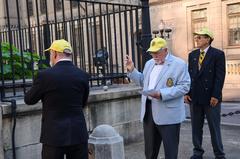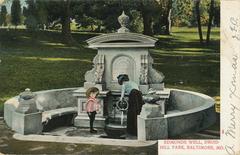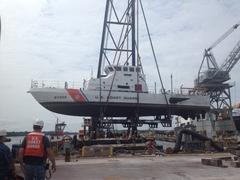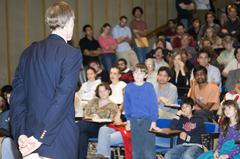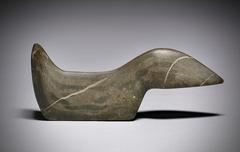Harborplace Baltimore: Visiting Hours, Tickets, and Historical Sites Guide
Date: 03/07/2025
Introduction to Harborplace Baltimore
Harborplace in Baltimore, Maryland is a landmark that encapsulates the city’s evolution from an 18th-century maritime powerhouse to a dynamic, modern urban waterfront. Originally serving Baltimore’s shipbuilding and oyster industries, the harbor area declined by the mid-20th century until transformative urban renewal efforts in the 1960s and 1970s reimagined the Inner Harbor as a vibrant public space. Harborplace opened in 1980, pioneering the “festival marketplace” concept with its striking glass pavilions, and quickly became a focal point for tourism, shopping, dining, and community events. Its success inspired similar developments nationwide (Urban Land Institute; Baltimore Magazine).
Over the years, Harborplace has not only been a commercial center but also a gathering place for celebrations and festivals that reflect Baltimore’s diverse spirit (Baltimore Brew). Despite challenges in recent decades, a major redevelopment led by MCB Real Estate is now underway, promising a revitalized, inclusive, and sustainable waterfront destination (CBS News Baltimore; STV Insight).
This guide provides a detailed overview of Harborplace’s history, redevelopment plans, practical visiting information, accessibility, nearby attractions, and travel tips—helping you make the most of your visit to one of Baltimore’s most iconic sites.
Table of Contents
- Introduction
- Early History of Baltimore’s Waterfront
- Urban Renewal and the Birth of Harborplace
- Harborplace: Prototype, Magnet, and Challenges
- Revitalization and Redevelopment: 2020s and Beyond
- Visiting Hours and Ticket Information
- Accessibility and Travel Tips
- Top Nearby Attractions
- FAQ: Harborplace Visitor Questions
- Summary and Final Tips
- References
Early History of Baltimore’s Waterfront
Baltimore’s waterfront has been central to the city’s identity for over two centuries. In the late 1700s, the port was a leader in shipbuilding, with the famous Baltimore Clippers symbolizing the city’s maritime prowess. The 19th century brought a boom in oyster canning and trade, making the harbor a hub of industry (Baltimore Magazine). The area that would become Harborplace was historically a bustling industrial dock, home to the Baltimore Steam Packet Company’s terminal (Wikipedia). By the mid-20th century, shifting industry led to waterfront decline and blight.
Urban Renewal and the Birth of Harborplace
Urban renewal efforts began in the 1960s under Mayor Theodore McKeldin. The Inner Harbor Master Plan (1964) set the vision for transforming the waterfront into a place for public enjoyment and economic revitalization (Baltimore Sun). The completed promenade in 1974 paved the way for a bold new project: Harborplace.
Developer James Rouse’s proposal for two glass-enclosed pavilions, housing shops and restaurants, was approved via citywide referendum due to the parkland’s protected status. Harborplace opened on July 2, 1980, and was celebrated as a national model for large-scale urban design (Urban Land Institute; Baltimore Histories).
Harborplace: Prototype, Magnet, and Challenges
Harborplace soon became the centerpiece of Baltimore tourism, drawing millions annually and inspiring similar “festival marketplaces” in other cities (Wikipedia; The Urbanist). The pavilions featured a vibrant mix of local and national retailers, restaurants, and specialty shops, showcasing Maryland culture and cuisine. Its success also spurred growth in the surrounding Inner Harbor, with attractions like the National Aquarium and Maryland Science Center.
However, by the 2000s, Harborplace faced challenges from online shopping, shifting consumer preferences, and competition from new developments. Retail vacancies increased, and the complex developed an “outdated feel” (Baltimore Magazine; Baltimore Histories). After its sale to Ashkenazy Acquisition Corp. in 2013, Harborplace fell into disrepair, leading to court-ordered receivership in 2019 (Wikipedia).
A key lesson from this period is the importance of integrating major developments with the broader needs of the community and city economy, ensuring inclusivity and sustainable growth (Baltimore Histories).
Revitalization and Redevelopment: 2020s and Beyond
In 2022, MCB Real Estate acquired Harborplace, launching a redevelopment process grounded in community engagement and inclusivity (CBS News Baltimore; Urban Land Institute). The new vision includes removing barriers to the water, adding over four acres of public space, and introducing 400,000 square feet of commercial space and 900+ apartment units (Our Harborplace). Its design emphasizes economic sustainability, accessibility, local entrepreneurship, environmental resilience, and equity.
As of mid-2025, preparatory work is ongoing, with major construction set for the coming years (Baltimore Fishbowl; STV Insight). The redevelopment aims to create a world-class, authentic Baltimore destination, honoring the city’s past and paving the way for a vibrant, inclusive future.
Visiting Hours and Ticket Information
- Visiting Hours: Harborplace’s public spaces are open daily, generally from dawn to dusk. Shops and restaurants typically operate from 10:00 AM to 9:00 PM, though hours may vary by business and season.
- Tickets: There is no general admission fee to access Harborplace’s public areas. Some special events, tours, or exhibitions may require tickets; check official tourism or event websites for details.
Accessibility and Travel Tips
Harborplace and the broader Inner Harbor are designed to be accessible for all visitors. Features include ramps, elevators, and accessible restrooms. Public transportation options such as the Baltimore Light Rail, Charm City Circulator, and bus routes provide easy access. Multiple parking garages are available nearby, though parking may be limited during large events. For the best experience, consider visiting on weekdays or in the mornings, and dress for the weather as much of the area is outdoors.
Top Nearby Attractions
- National Aquarium: Home to over 20,000 animals and acclaimed exhibits (National Aquarium Official Site).
- Maryland Science Center: Interactive science exhibits, planetarium, and observatory (Maryland Science Center).
- Historic Ships in Baltimore: Explore historic vessels docked at the Inner Harbor (Historic Ships Baltimore).
- Top of the World Observation Level: Panoramic city and harbor views from the World Trade Center.
- Fells Point & Federal Hill: Historic neighborhoods known for dining, shopping, and vibrant culture.
FAQ: Harborplace Visitor Questions
Q: What are Harborplace’s visiting hours?
A: Shops and restaurants are generally open 10:00 AM – 9:00 PM; public areas are open from dawn to dusk. Check specific business hours online.
Q: Are tickets required to visit?
A: No admission ticket is needed; some special events or nearby attractions may require tickets.
Q: Is Harborplace accessible?
A: Yes, with accessible paths, ramps, elevators, and restrooms.
Q: What are the best transportation options?
A: Baltimore’s Light Rail, Charm City Circulator, buses, taxis, and nearby parking garages.
Q: Are guided tours available?
A: Many local operators offer harbor cruises and historical walking tours departing from or near Harborplace.
Q: Is Harborplace currently open during redevelopment?
A: The public waterfront areas remain open, but most original pavilions and retail spaces are closed for redevelopment.
Summary and Final Tips
Harborplace remains a symbol of Baltimore’s capacity for renewal and community spirit. The current redevelopment, led by MCB Real Estate, promises an inclusive and vibrant future with expanded parks, residential and commercial spaces, and enhanced public access. While the original pavilions are being reconstructed, the Inner Harbor’s public spaces and nearby attractions—like the National Aquarium, Maryland Science Center, and historic neighborhoods—are open for exploration.
For up-to-date information on visiting hours, ticketing, accessibility, and travel tips, consult official resources and use tools like the Audiala app. Harborplace invites you to experience Baltimore’s past, present, and future at the heart of its waterfront (Baltimore Brew; Urban Land Institute; CBS News Baltimore; Baltimore Magazine).
References
- Urban Land Institute: Baltimore’s Harborplace—Reimagining Large-Scale Urban Design and Development on the City’s Waterfront
- Baltimore Brew: Behind the Bold Vision of Harborplace
- CBS News Baltimore: MCB Real Estate Announces Harborplace Design Team
- BayDreaming.com: Baltimore’s Inner Harbor—Things to Do
- Baltimore Magazine: Then & Now—Inner Harbor
- Wikipedia: Harborplace
- Baltimore Sun Timeline: Important Dates During the History of Harborplace
- Baltimore Histories: Historicizing Harborplace—A History
- The Urbanist: Baltimore Harborplace
- STV Insight: New Harborplace Poised to Stand as the Next Icon in Baltimore’s Inner Harbor
- Maryland Science Center
- Historic Ships Baltimore
- National Aquarium Official Site
For further updates, downloadable guides, and exclusive tips, download the Audiala app and follow Harborplace and Baltimore tourism on social media.

